"Sometimes you just need to Go off the GRID and GET your Soul RIGHT."
Description
This exclusive bird watching tour of Sri Lanka explores the picturesque continental island where you can find mouthwatering endemic birds and wintering specialties.Sri Lanka is home to 33 currently recognized IOC endemic species, with some of the most impressive ones.
This tour is also can time to coincide with the presence of several overwintering species in the country that are difficult to find at their breeding grounds.
This tour also offers plenty of wildlife-viewing opportunities with Asian Elephant, the Sri Lankan endemic subspecies of Leopard (Panthera pardus kotiya), and Blue Whale all being possible, along with a range of monkeys, squirrels, and deer. The itinerary covers a variety of habitat types, including lowland, monsoon and cloud forests, grasslands, lagoons, coastal mudflats, fresh and brackish waterbodies, imposing riverine woodland, and forest, and will include a pelagic trip off Sri Lanka’s southwest coast into the sparkling Indian Ocean.
Birding Sites Covered
- Kithulgala (Makandawa Forest Reserve)
- Sinharaja Rain Forest
- Whales watching Mirissa
- Bundala National Park
- Yala National Park
- Udawalawa National Park
- Victoria Public Park
- Horton Plains National Park
- Udawattakelle Forest reserve
Travel Route
itinerary
DAY 01 | ARRIVAL – RELAX AT THE HOTEL IN NEGOMBO - BEACH
Arrival in Sri Lanka at the Bandaranaike International Airport in Katunayake and transfer to your nearby hotel in Negombo with the remainder of the day at leisure. You can enjoy the dinner in front of Beachfront restaurant.

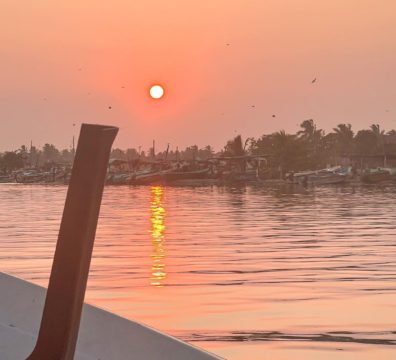
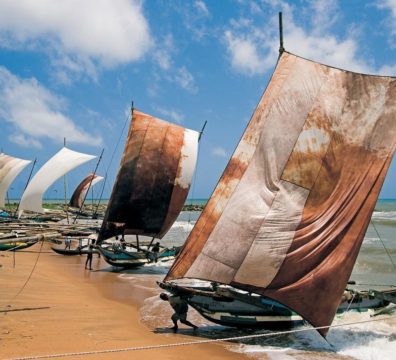
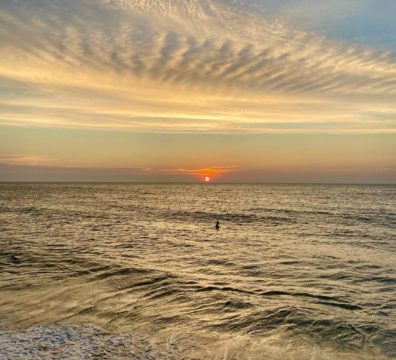
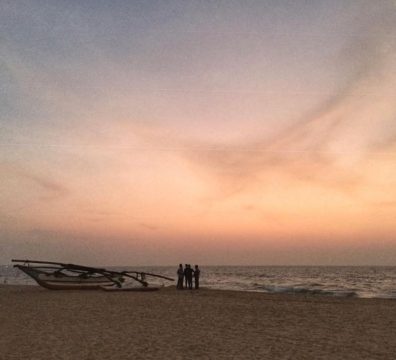
DAY 02 & 03 | TRANSFER TO KITHULGALA – MAKANDAWA FOREST RESERVE.
We will leave the hotel after breakfast, heading toward the west to our first birding base, the lush lowlands of Kithulgala.
With all these leg-stretching stops it will be close to midday by the time we reach our overnight accommodation, nestled in a well-wooded garden and overlooking the Kelani River. The next day we do the full day birding around the area.
Kithulgala (Makandawa Forest Reserve): Over 50 rare species of birds can be seen, The Makandawa Forest Reserve is one of Sri Lanka’s richest and most unspoiled rainforests. And the oldest forest reserve in Sri Lanka. It covers an area of 1155 hectares and lies close to the village of Kithulgala, one of Sri Lanka’s centers for adventure sports. The reserve hosts a plethora of rare and endemic flora and fauna.
This secondary lowland rainforest has several interesting geographical features; such as crystal clear natural rock pools, waterfalls, wonderfully challenging trails that meander through the thick tropical rainforest, and of course the Kelani River running right through the jungle.
Birds you can be seen here – Green-Billed Coucal, Ceylon Lorikeet, Layard’s Parakeet, Ceylon Grey Hornbill, Chestnut-backed Owlet, Red Faced Malkoha, Ceylon Blue Magpie, Ceylon Jungle & Ceylon Spurfowl, Ceylon Frogmouth, Ceylon Crested Drongo, Broad Billed Roller, Spotted Winged Thrush, Yellow Fronted Barbet, Black Naped Monach, Common Hill Myna and many more.
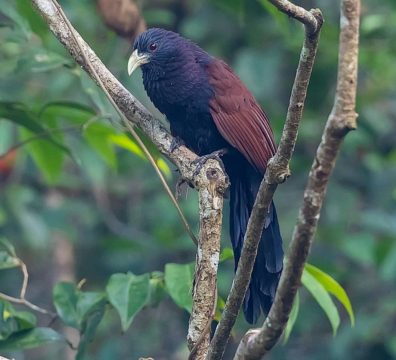
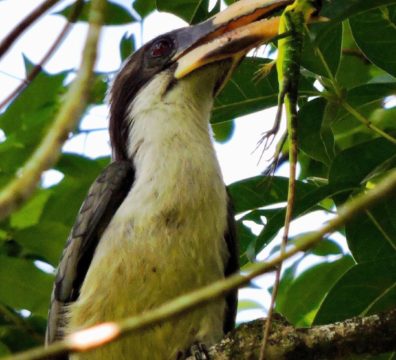

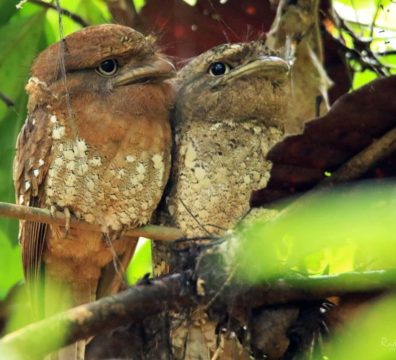
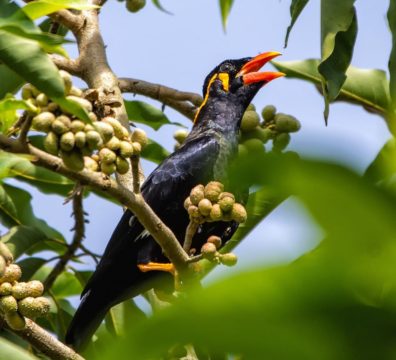
DAY 04, 05 & 06 | TRANSFER TO DENIYAYA – SINHARAJA RAIN FOREST.
After some early morning birding and breakfast we will drive to the amazing Sinharaja Forest Reserve, a UNESCO World Heritage Site, which represents the largest expanse of lowland rainforest in Sri Lanka and the premier site for endemics, where we will get started on the birds listed for next two days. We will have two full days in this birding hotspots.
Sinharaja Rain Forest (a UNESCO World Heritage Site), an area of 18900 acres is located within southern provinces of Sri Lanka. It is home to over 95% of Sri Lanka’s endemic bird species as well as many kinds of insects, reptiles,Butterflies and rare amphibians. Sri Lanka’s tropical lowland rain forest has over 60% of the trees endemic and many of these are rare. Sinharaja is biologically the most unique wet ever green rain forest in the country with an exceptionally high degree of endemism. Sinharaja is famous for its mixed feeding bird flocks and a high degree of endemic birds can be observed during the bird walks.
Birds you can see from here – Green-billed Coucal, Red-faced Malkoha, Ceylon Blue Magpie, Rufous Babbler, Ceylon Hill Myna, Ashy Headed Laughing Thrush, White Headed Starling, Yellow-fronted Barbet, Spot-winged Thrush, Scaly Thrush, Ceylon Jungle Fowl, Ceylon Spurfowl, Crimson Backed woodpecker, Ceylon Crested Drongo, Layard’s Parakeet, Ceylon Green Pigeon, Ceylon Lorikeet, Serendib Scops Owl, Ceylon Bay Owl, Ceylon Grey Hornbill, Chestnut Backed owlet, Ceylon Frogmouth, Legge’s Flowerpecker, Scimitar Babbler, Ceylon Trogon, Black Eagle, Crested Serpent & Hawk Eagles, Crested Honey Buzzard and many more
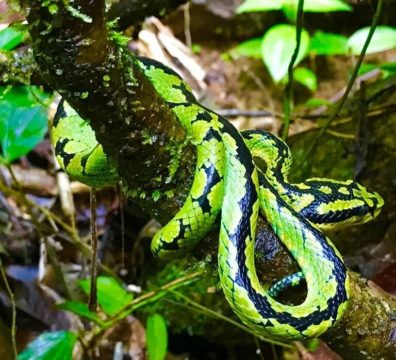
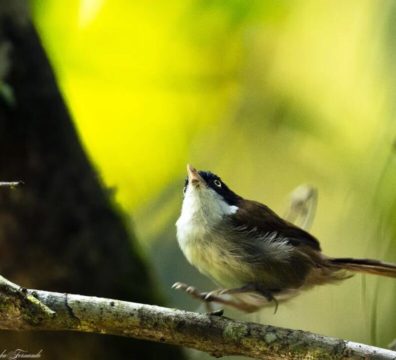
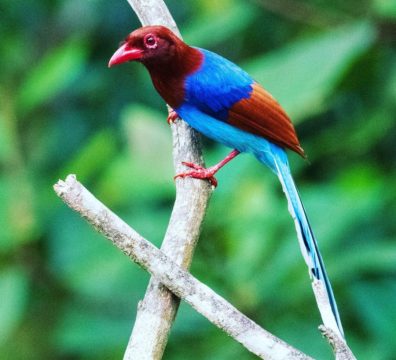
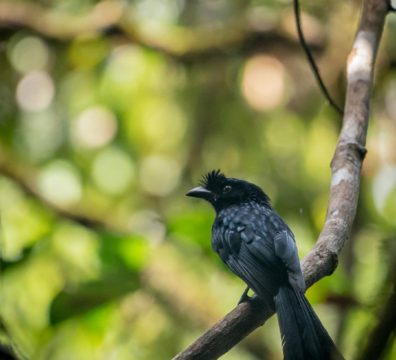
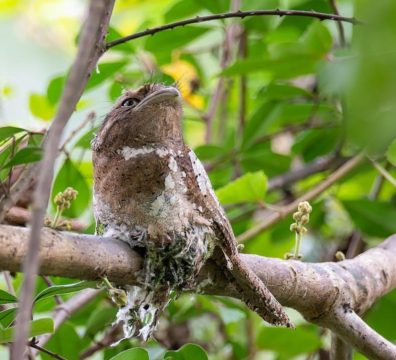
DAY 07 & 08 | TRANSFER TO MIRISSA – WHALE WATCHING TOUR.
After a final morning birding in Sinharaja we will head to the beautiful southern coast of Sri Lanka at Mirissa to get into a suitable location for the pelagic trip tomorrow.
We will be up early for a really exciting prospect, the chance to go whale watching in the stunning Indian Ocean for the morning. Our main target species is the largest mammal on the planet – the magnificent and unrivaled Blue Whale.
After the pelagic trip we will move up the coast to Tissamaharama, our base for a couple of nights as we explore this excellent area for a wide range of birds. On arrival in the area we will head into some wetlands to start looking for some of the birds listed below.
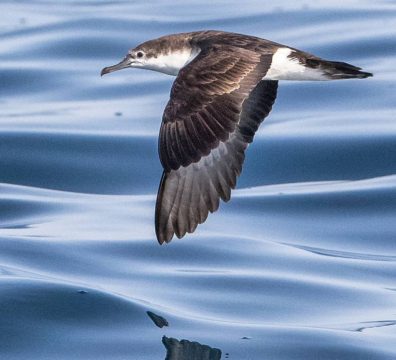
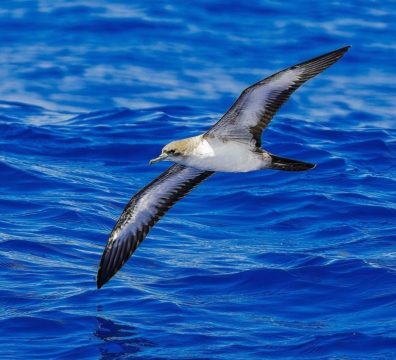

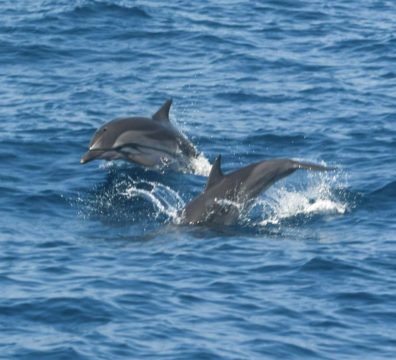
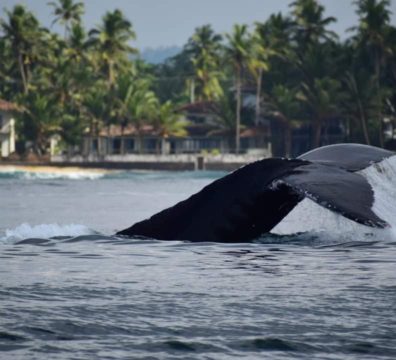
DAY 09 | BUNDALA NATIONAL PARK – YALA NATIONAL PARK.
We will spend the morning birding the fascinating habitats of Bundala National Park, Sri Lanka’s first Ramsar site. This is the premier site for waterbirds, and you can often get close to the birds in the vehicles to get very good photographic opportunities. We will get there as early as possible to maximize our time in this wonderful set of habitats.
In the afternoon we will move the short distance into the nearby Yala National Park for a game drive to look for the Sri Lankan endemic subspecies of Leopard. Here we will also likely come across some of the birds found at Dry zone of the Country. There is also a good chance of finding Asian Elephant here, which is always a treat.
Bundala National Park Each and every species of water bird found in Sri Lanka is believed to visit Bundala National Park. Nearly 200 species of birds have been recorded within the park, out of which 58 species are migratory birds. Bundala National Park shelters a small population of elephants that varies between 25 and 60 depending on the season. Bundala is the most important site for resident as well as migrant water birds outside the northern part of the country. Bundala, which comes under the purview of the Department of Wild Life Conservation, was declared as a sanctuary in December 1969 and was granted Ramsar status in October 1990. The park consists of 6,216 hectares of dense thorny scrub, sand dunes and five shallow brackish lagoons. Namely Bundala, Embilikala, Malala, Mahalewaya & Koholankala. The road network inside the park allows the birder to visit many bird rich sites located within the park in a vehicle. The Bundala saltern which is adjoining the park has a few motorable roads and is a locality where thousands of migrant waders can be observed during the season.
Birds you can see from here – Greater Flamingo, Pintail, Gargany, Shoveller, Little Stint, Ruddy Turnstone, Common, Wood & Marsh Sandpipers, Common Redshank, Greenshank, Curlew Sandpiper, Black Tailed Godwit, Little Pratincole, Black-Winged Stilt, Caspian Tern, Lesser Crested Tern, Gull – Billed Tern, Littler Tern, Great Stone Plover, Little Ringed Plover, Stone Curlew, Spot- Billed Pelican, Spoonbilled, Broad-Billed Sandpiper, Ceylon Jungle Fowl, Ruddy Crake and many more.
Yala National Park – Yala National park is the most popular park in Sri Lanka due its diversity and density of fauna. The vegetation of the park is primarily semi-arid thorn scrub interspersed with riverine forests and fairly dense pockets of forests.
Birds you can see from here – Black necked stork, White necked stork, Hoopoe, Malabar pied Hornbill, Ceylon grey Hornbill, Indian Pitta, Lesser Whistling Teal, Blue Faced Malkoha, European Bee eater and many more.
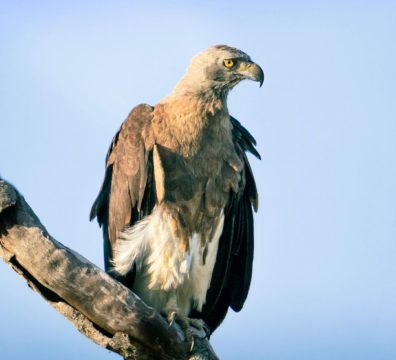
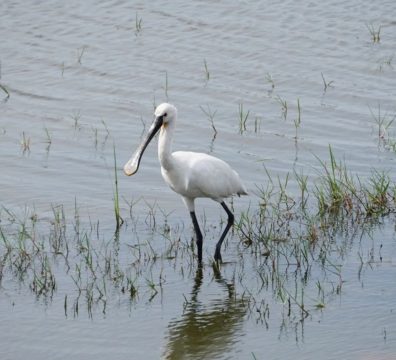
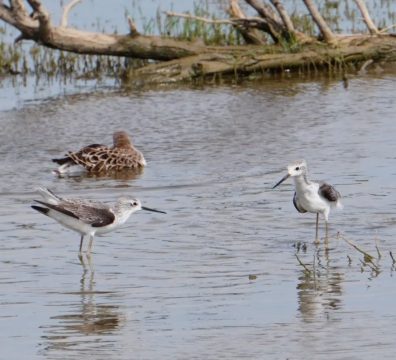
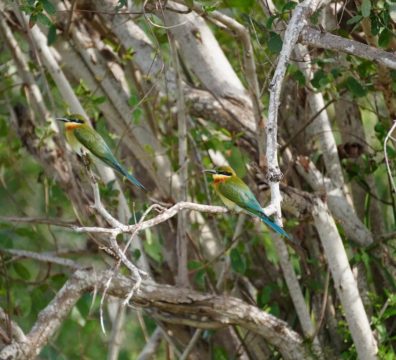
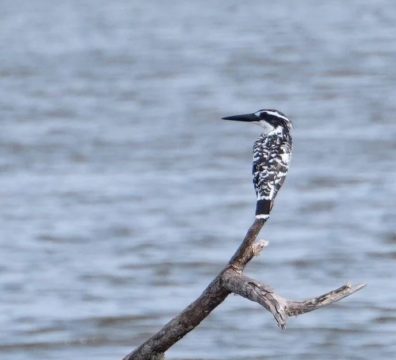
DAY 10 | DRIVE TO UDAWALAWE NATIONAL PARK FOR DRY-ZONE SPECIALTIES.
In the morning we drive to the dry lowlands of Udawalawe National Park. After checking in at the accommodation we will explore this fantastic park in search of dry-zone birds, which abound here.
Udawalawa National Parks – best known for its high density of Elephants. And provides diverse habitat for many bird species. The ecosystem of the park is predominantly forest with large scattered areas of grasslands and thorny-shrubs while tail forests exist mostly closer to the river.
Birds you can see from here – Large Prinia, Ashy Prinia, White Throated Babbler, Blyth’s Pipit, Crested Horny Buzzard, Velvet fronted Nuthatch, Pied flycatcher Shrike, Black Capped Bulbul, Great Stone plover, Lesser Sand Plover, Orange Headed ground Thrush, Barn Owl and many more.
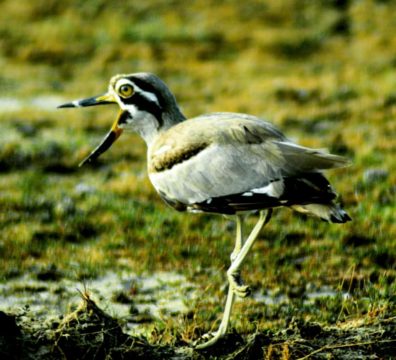
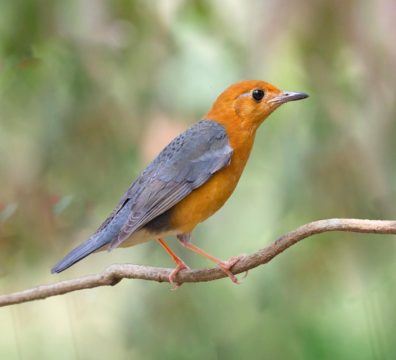
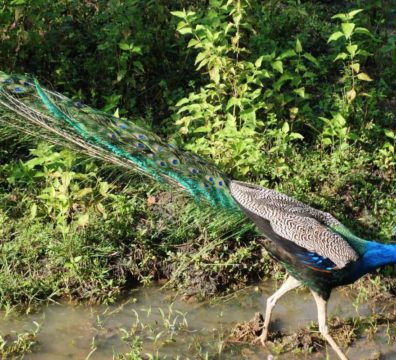
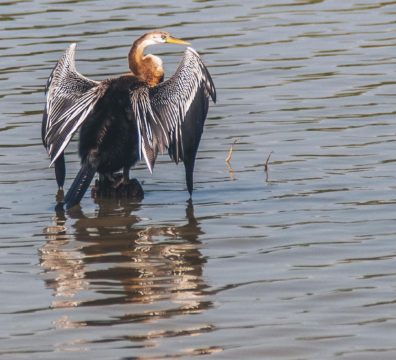
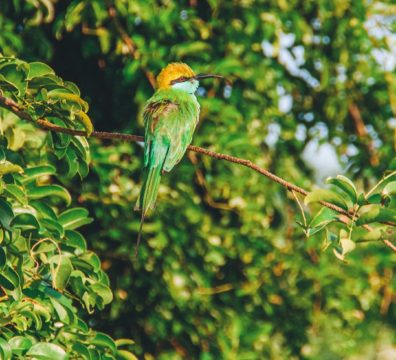
DAY 11 | TRANSFER TO NUWARA ELIYA AND HIGH - ELEVATION BIRDING.
After some more early-morning birding in the Udawalawe area we will commence our ascent to reach the cooler interiors of Nuwara Eliya at 1,890 meters (6,200 feet). We will stop for any good birds noted along the way. Once we reach the town we will explore Victoria Park.
Victoria Park – Established in 1897 to commemorate the 60th coronation jubilee of Queen Victoria, this urban park is the prime location for Western Himalayan migrants. This is a small but well preserved patch of motane forest that has been preserved which offers habitat for many species of hill birds. A permit is required to walk in to the park.
Birds you can see from here – Black Bird, Ceylon Warbler, Yellow-eared Bul Bul, Dusky Blue Flycatcher, Grey-headed Flycatcher, Ceylon Hill White Eye, Kashmir Red-breasted Flycatcher, Grey Tit and many more.

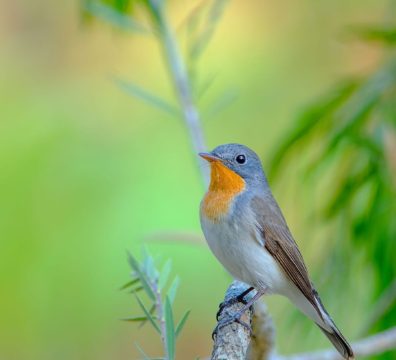
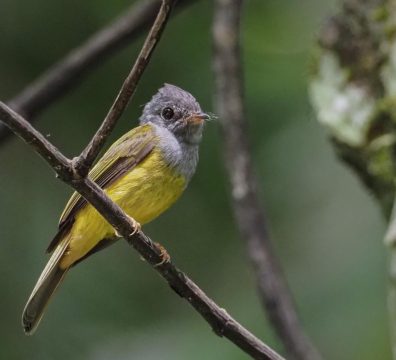

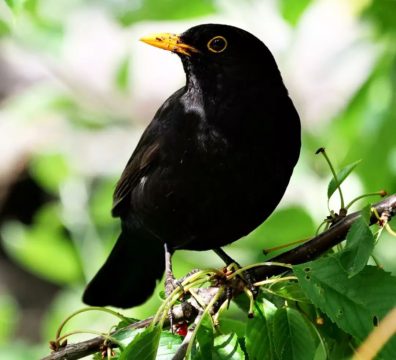
DAY 12 | NUWARA ELIYA - LOOKING FOR MONTANE ENDEMICS AND OTHER SPECIALS.
We will have an early start with a picnic breakfast to get to the high-elevation Horton Plains National Park, where we will spend time in the forest looking for high-value montane.
Horton Plains Park – Having been protected as a nature reserve from December 1969 this park was upgraded as a National Park in March 1988. The park covers an area of 3,160 hectares of montane grassland fringed and interspersed with patches of dense montane cloud forests. This park and the adjoining peak wilderness form the most important catchment area for almost all the major rivers in the country. This is also the highest plateau of the country, being above 5000 feet, and the western slops of the park supports the most extensive area of montane cloud forests surviving in the country. There are motorable roads as well as foot paths to different location in the park including the locality referred to as the “worlds end” which is a near vertical drop of 884m, and the picturesque Bakers falls etc. Most of the hill species of birds can be easily seen here during any walk in the park which is through forested areas, grasslands and streams. A walk to the “worlds end” is also through pristine hill bird habitat.
Birds you can see from here – Ceylon Warbler, Ceylon Whistling Thrush, Ceylon Wood Pigeon, Dusky Blue Flycatcher, Scaly Thrush, Spotted-winged Thrush, Ceylon Rufus Babbler, Ceylon Blue Magpie, Ceylon Hill White eye, Pied Bush Chat, Kashmir Red-breasted Flycatcher, Common Buzzard, Brown Baza, Yellow-eared Bul Bul, Black-winged Kite, Black eagle, Mountain Hawk eagle and many more.
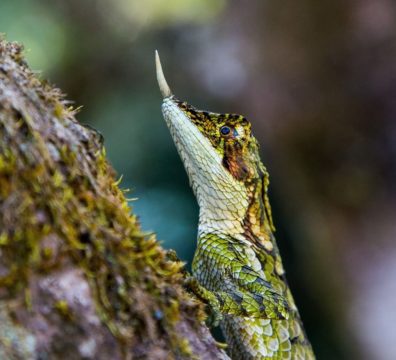
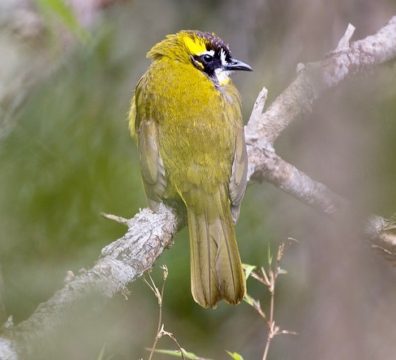
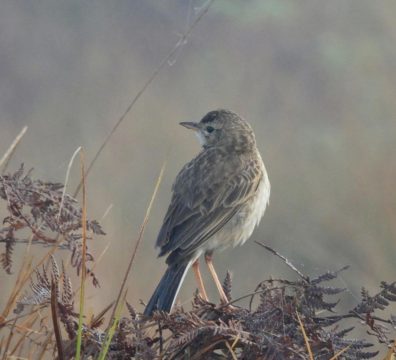
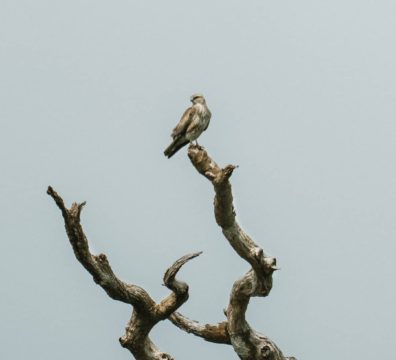

DAY 13 | DRIVE TO KANDY - IN THE AFTERNOON LOCAL BIRDING.
In the morning we will be birding for any missing montane specials before driving to Kandy at an elevation of 477 meters (1,565 feet), the last Sinhalese kingdom in Sri Lanka, which was ceded to the British in 1815. En route we will pause at a tea factory and the sacred city of Kandy, a UNESCO World Heritage Site.
In the late afternoon we will go birding to Kandy Udawattakele Bird Sanctuary.
Udawattakele Sanctury – 104 hectares of this forest has been declared as a sanctuary and comes under the purview of the department of wild life conservation and 119 hectares is protected as a forest reserve by the forest department. Vehicles are not permitted and ticket has to be obtained to enter the sanctuary. This is tall wet evergreen forest. The lake within sanctuary attracts many species of birds that feed on fish.
Birds you can see from here – Indian Three-toed Kingfisher, Stork Billed Kingfisher, Yellow fronted Barbet, Crimson backed woodpecker, Tickell’s Blue Flycatcher, Green Leaf Warblers and many more.
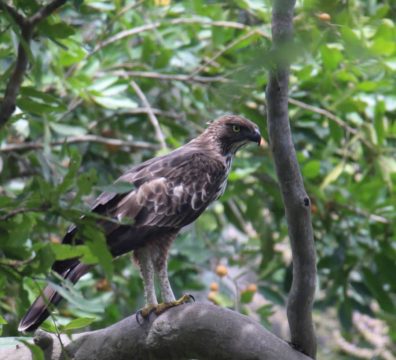
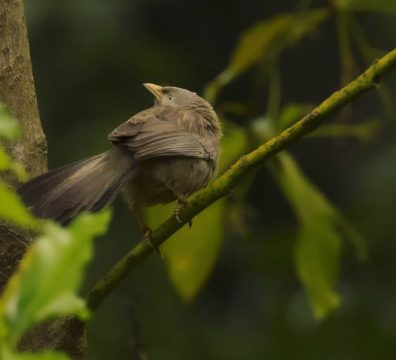
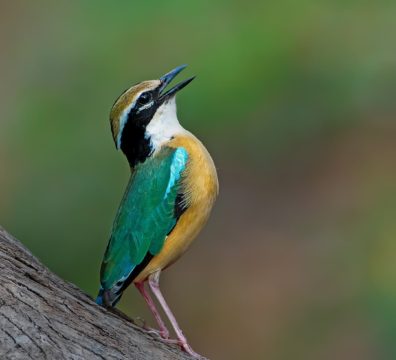
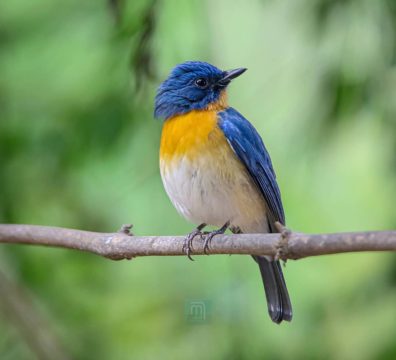
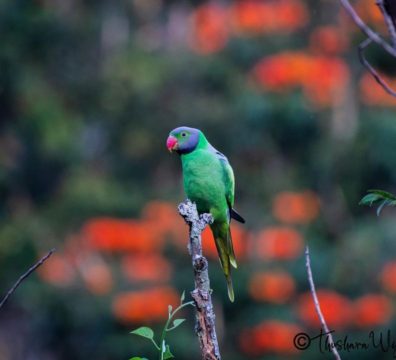
DAY 14 | BIRDING AROUND KANDY - TRANSFER TO KATUNAYAKE FOR DEPARTURE.
We will finish the tour with some optional pre-breakfast birding around the wonderful gardens of the hotel area. After our final breakfast of the tour we will travel back to Katunayake near Colombo before the tour comes to an end with your afternoon international departure.
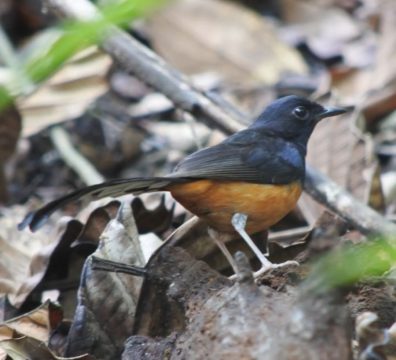
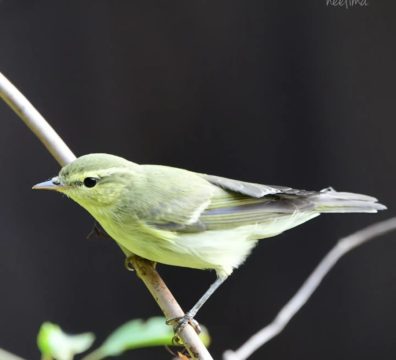

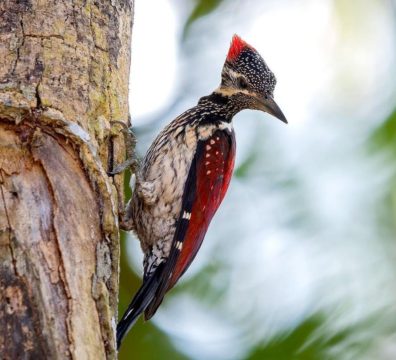
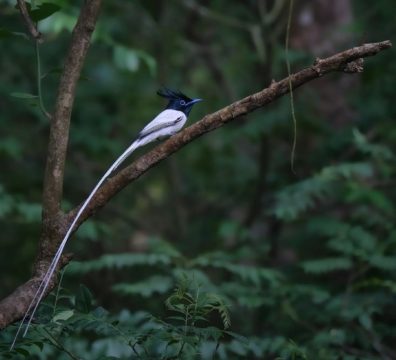
Inclusions
- 13 nights accommodation at the resorts,eco lodges,guest houses with breakfast and dinners.
- Arrival and the departure assistance at the airport and transportation by A/C vehicle on private basis with passenger insurance.
- Service of the English-speaking professional guides having good experienced in birdwatching.
- A "Photographic Guide to Birds of Sri Lanka" by Gehan De Silva and two more guide books related to butterflies and dragonflies for every client as a complimentary gifts.
- Preparing the Trip Report before the departure.
- Free water bottles, Wi-Fi (Sim Card).
- All government taxes are included for above all
Exclusions
- Sightseeing entrance charges (unless specified).
- Meals not mentioned in the itinerary.
- Tips, portage, laundry excludes.
